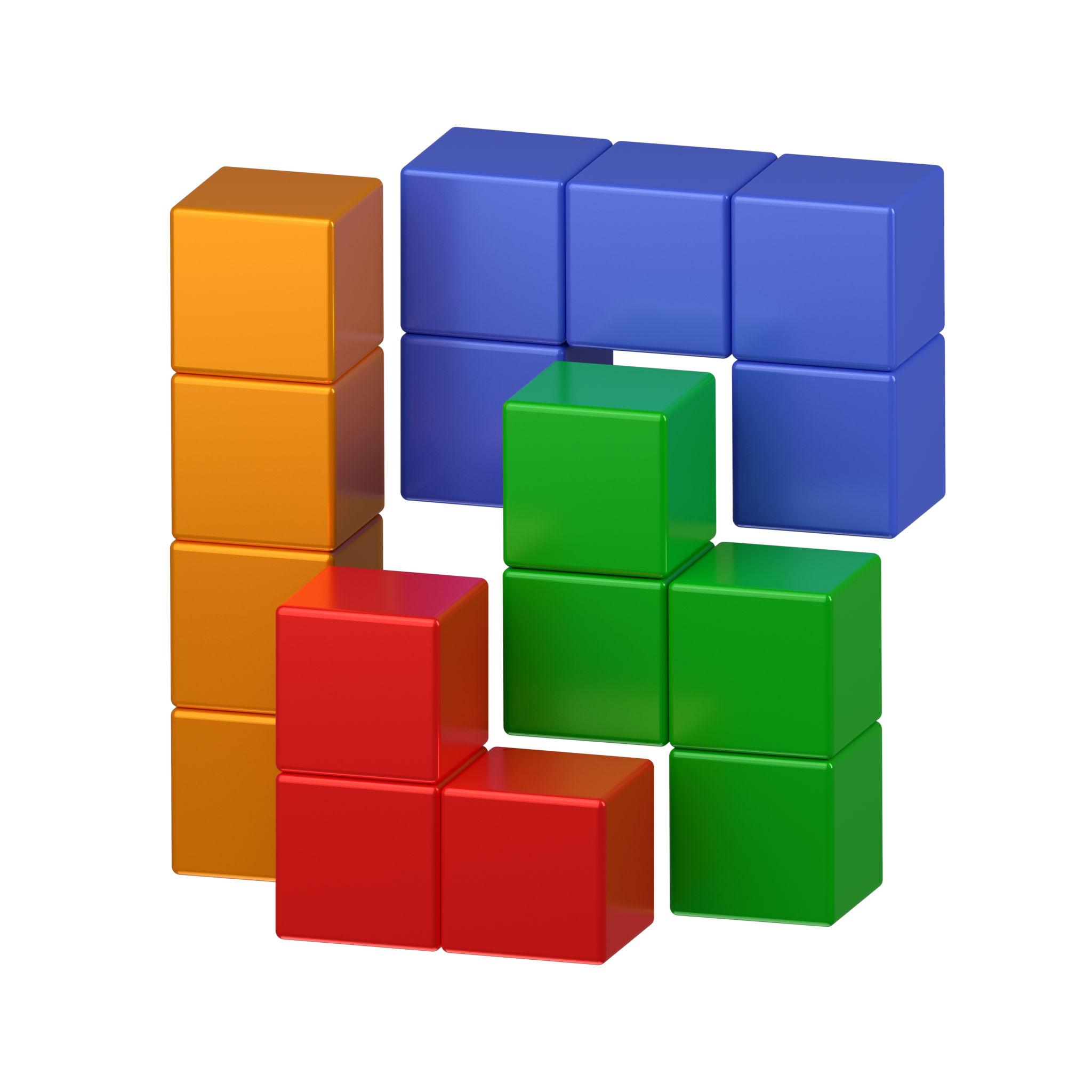From Cube to Canvas: How Rubix Art Transforms Rubik’s Cube Combinations
RT
The Artistry Behind Rubik’s Cubes
In the world of puzzles, the Rubik’s Cube stands out as an iconic symbol of ingenuity and challenge. But beyond its classic status as a mind-bending puzzle, the Rubik’s Cube has evolved into an unexpected medium for artistic expression. This transformation from a simple cube into a vibrant canvas is what we explore in the captivating realm of Rubix Art.
Rubix Art takes the familiar colored squares of the cube and turns them into stunning mosaics and portraits. Artists meticulously manipulate the cubes, configuring them into elaborate patterns that, when viewed from a distance, reveal intricate images. This innovative approach brings together the worlds of art and logic in a harmonious blend.

Understanding Rubix Art
At its core, Rubix Art is about transforming the traditional puzzle-solving approach into a creative process. Artists use the standard Rubik’s Cube as their medium, carefully arranging each cube to contribute to a larger image. This requires not only an artistic eye but also a deep understanding of the cube's mechanics.
The process involves using hundreds or even thousands of cubes, each turned to display specific colors. The artist must plan meticulously, considering how each move affects the overall picture. This unique form of art requires patience, precision, and a touch of genius to execute successfully.
The Techniques Involved
Creating these masterpieces involves several techniques, each contributing to the final result. Here are some key methods employed by Rubix artists:
- Pixel Planning: The artist designs a pixelated version of the desired image, mapping out where each color should appear.
- Cube Arrangement: Artists arrange the cubes on a flat surface or frame, ensuring each cube is correctly oriented.
- Layered Composition: Each layer of cubes builds upon the last, gradually forming the complete image.

The Impact of Rubix Art
Rubix Art is more than just a novel way to use Rubik’s Cubes; it represents a fusion of creativity and problem-solving. This art form challenges both creators and viewers to look at puzzles in a new light. It encourages an appreciation for detail and highlights how something as simple as a toy can inspire complex and beautiful outcomes.
Moreover, Rubix Art has gained popularity in galleries and exhibitions around the world. Its unique appeal lies in the surprise and delight of seeing a familiar object used in such an unexpected way. As more artists embrace this form, the possibilities for what can be achieved continue to expand.
Getting Started with Rubix Art
If you’re intrigued by Rubix Art and want to try your hand at this fascinating craft, here are some steps to get you started:
- Acquire Cubes: Start by collecting several standard 3x3 Rubik’s Cubes.
- Choose an Image: Select a simple image that can be easily pixelated.
- Plan Your Design: Use software or graph paper to plan the layout of your cubes.
- Practice: Begin with small designs and gradually work on larger projects as your skills improve.

The Future of Rubix Art
As technology advances, Rubix Art continues to evolve. With innovations such as 3D modeling and digital design tools, artists have more resources than ever to bring their visions to life. This blend of tradition and technology promises exciting developments in the field.
In conclusion, Rubix Art is a testament to human creativity and our ability to find beauty in unexpected places. It shows that even the simplest objects can be transformed into something extraordinary with imagination and skill. Whether you're an artist, a puzzle enthusiast, or simply curious, Rubix Art offers endless possibilities to explore and enjoy.